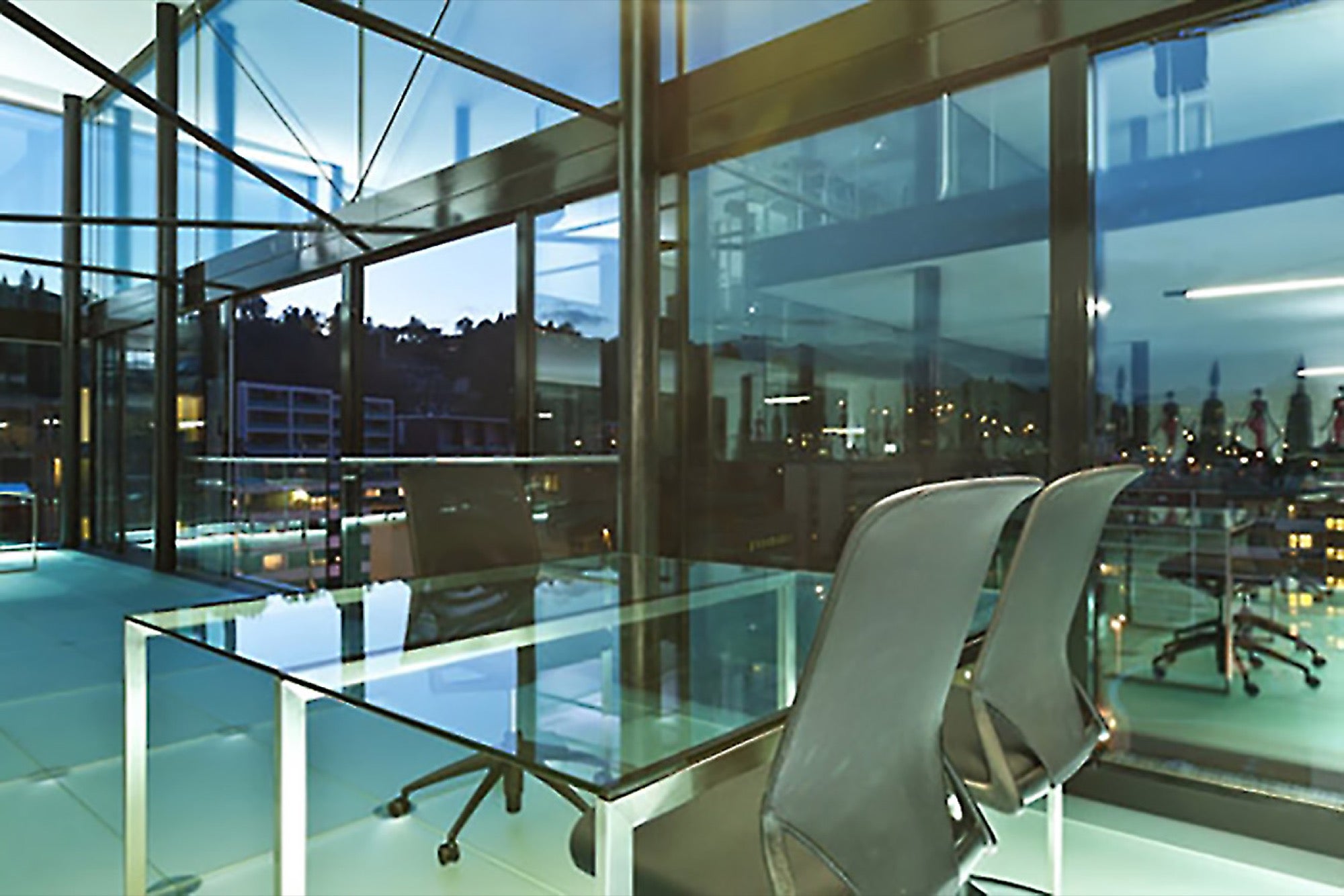How to Create a High Performance Office From equipment to lighting to privacy, office design can have a tremendous effect on morale -- here's how to get it right.
Our biggest sale — Get unlimited access to Entrepreneur.com at an unbeatable price. Use code SAVE50 at checkout.*
Claim Offer*Offer only available to new subscribers

When you are a startup with limited capital, it may be tempting to put all your money into advertising and equipment and skimp on office furniture.
How you furnish your office might not seem to matter, especially if your customers will not see it. And if your office is located at home, the dining room table might look like the more logical choice.
But a nicely furnished office is not just a matter of aesthetics. Grabbing whatever furniture is at hand and plunking it down without a thought to organization can put you at a major disadvantage in terms of productivity.
Improving your own and your employees' performance involves a lot more than finding comfortable chairs. It involves placement of offices and cubicles within the building, proximity to equipment, lighting, desk space, meeting areas, privacy and more.
People spend most of their waking hours at the office, so its design has a tremendous effect on morale.
How can you create a high-performance office? The first step is addressing organizational issues of who sits where. The days of big "power desks" and hierarchical corner offices are over. More businesses are turning to flexible environments ideal for small companies where the business owner probably doubles as salesperson.
With today's emphasis on team-building, office design is moving away from compartmentalized offices and moving toward large spaces where teams of employees can work. When setting up your office space, think about who needs to work with whom and which employees share what resources. If you group those people together, you enhance their productivity.
In addition to maximizing your own and your employees' productivity, your office may also function as a marketing tool if clients or customers visit.
Think about what visitors will see when they come by. Will they be bombarded with noise from one department near the entrance? Or will they see a series of closed doors with seemingly no activity taking place?
Visitors should not be overwhelmed with chaos as they walk through your building, but they should see signs of life and get glimpses of the daily activities going on at your company.
Once considered some trendy European way to make business owners spend a lot of money, ergonomics has gained respect.
Simply put, this term refers to designing and arranging furnishings and space to fit the natural movements of the human body. Ergonomics can help you and your employees avoid repetitive stress injuries from typing or bending and can prevent common problems, like back pain, which often sideline entrepreneurs and their employees.
Noise pollution is one of the biggest problems in many offices. One good way to decrease noise is to cover computer printers with sound shields. Covering a printer can cut noise by more than 90 percent and increase concentration accordingly.
Buy adjustable chairs. Make sure the desk and chair arrangements you choose allows you to keep the tops of your knuckles, the tops of your wrists and your forearms all in a straight line as you work on your computer.
Another often-ignored problem is lighting. Too much or too little lighting causes eye strain and tiredness, decreasing productivity. To cut down on the glare, put filters on computer screens.
Always test furnishings before you buy them. Sit in the chair and make sure it is comfortable, sit at the desk and make sure it is the right height. Make sure your desk and chair work together and that there is plenty of legroom under the desk.
When you buy furniture, look for solid construction, particularly in desks. A better option for those on a budget is to buy used office furniture.










